Peony evading: description and cultivation
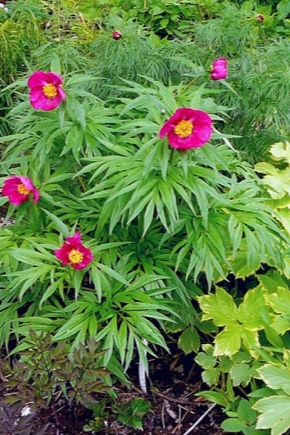
In different countries there are many varieties and hybrids of peonies, each of which has individual characteristics and a kind of uniqueness. One of these representatives is the evading peony. It is a herbaceous plant, the height of which reaches 100 centimeters or more. This flower is often called the maria root.
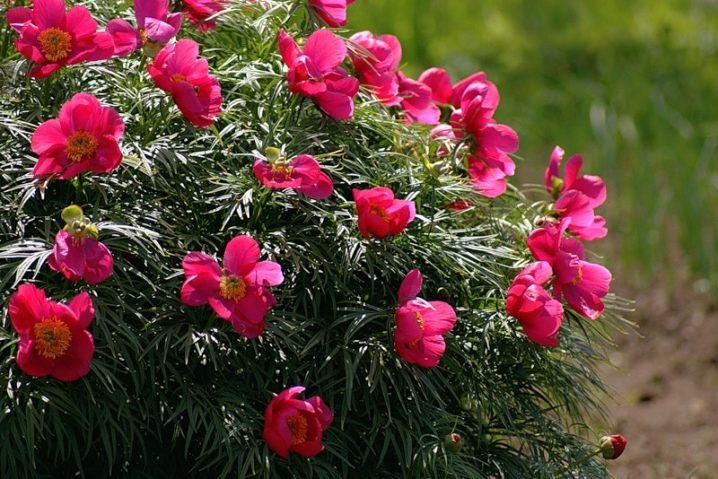
Peculiarities
The duck peony is cultivated as a perennial and can grow in one area for more than 10 years, like any other plant in this family.
Let's take a look at a brief botanical description of this peony.
- Adult plantings can often grow up to 1.5 meters in height.
- The stems have a branched structure, they are mainly single flowers.
- The buds of peonies of this variety are very large, in diameter they can reach 13 centimeters. The shape of the flower bowl is correct. On each of them there are at least five petals, they are painted in crimson-pink color. The inflorescence has a large number of yellow stamens.
- The triple-separated plates of petiole leaves of a peony are colored green. They have a lanceolate shape, reach 30 centimeters in length, the same indicator in width. With the onset of autumn, the leaves take on a dark red hue.
- The evading peony has a powerful root system, it is characterized by fusiform branching of the roots, which are painted in a dark brown color. In the course of its development, a perennial rhizome can go deep into the ground up to 90 centimeters. Differs in a high content of nutrients. Every year, new roots are formed around the old roots, which begin to develop intensively during the growing season.
- No more than five leaflets are formed from the pistils of a peony. The fruits contain small black seeds. They usually ripen in late summer or early fall.
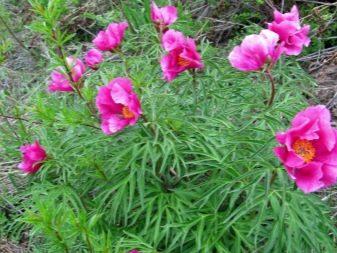
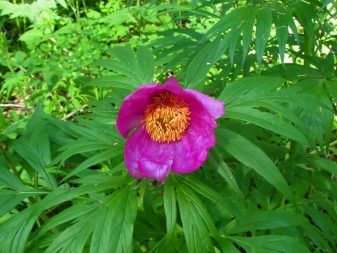
How to plant?
Representatives of this variety of peonies tolerate the planting process best in the autumn season. By the way, during this period of the year it is also best to carry out a plant transplant. It is recommended to prepare the selected area for planting the marin root in about a month. It should be noted that with age the plant grows strongly, therefore, when carrying out the planting process, it is necessary to keep the distance between the bushes, if there are several of them. Usually the distance between plantings reaches one meter.
Planting holes must be at least 50 centimeters deep and wide. More than half of the pit is filled with potting soil. To prepare it, you will need the following components (for an equal part of each):
- humus;
- sand;
- garden land.
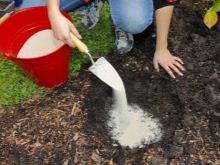


To strengthen the root system and intensive development of the plant, additional elements can also be added to the mixture in the prescribed proportions (for 3 buckets of the mixture):
- potassium carbonate - 1 teaspoon;
- iron vitriol - 1 tablespoon.
- wood ash - 1 liter.
- superphosphate - 0.25 liters.

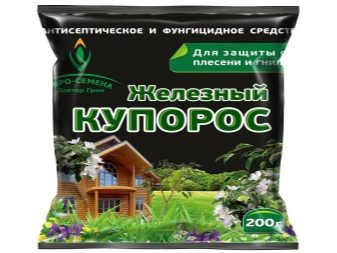

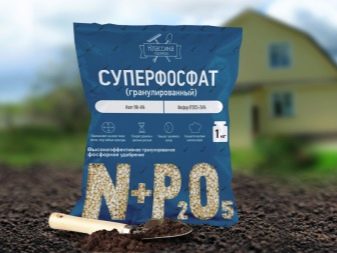
The remaining space in the pit is covered with fertile soil. The mixture needs to stand for a while to thicken and settle, after which you can start planting peonies. If the preparatory work was not carried out in advance, then it is best to fill the mixture gradually, periodically compacting it. After that, the holes must be filled with water.
Maryin's root in the first year after planting looks rather scanty and does not give inflorescences. The situation changes already in the second year, when the first buds appear on the bushes, but an abundant color is still not observed. This position of peonies in the first years of growth is explained by the fact that the plant has not yet matured.
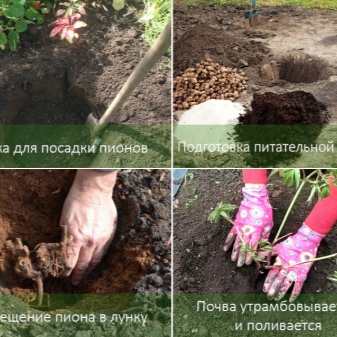
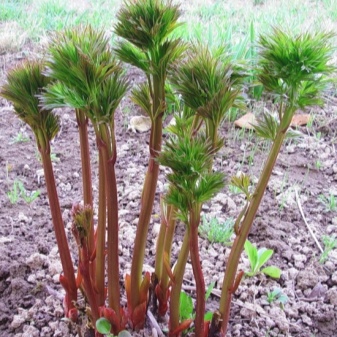
The main indicator of normal development is the growth of the marin root. A year after planting them in an open area, at least 3 stems should appear on them.
Plant care
When growing peonies, it is necessary to take proper care of them, as this is the main guarantee of success in their development. Maryin root is considered an unpretentious plant, so it can be easily grown at home. The plant loves warm and well-lit places, which must be taken into account immediately before planting.
Light shade is only welcome, as in the summer season, the scorching sun can damage the bushes. Absolute shade is not the most favorable place for growing peonies. In such conditions, the plant simply may not bloom. And also when planting, you need to keep a distance in relation to other plantings. This is necessary to create conditions for normal air circulation.
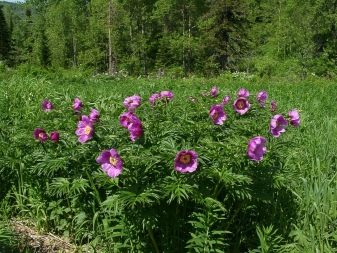
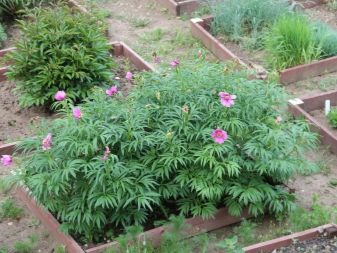
Places with high humidity are not the best option for growing a marin root, since prolonged stagnation of water at the rhizome can lead to its rotting.
Watering
The evading peony does not need frequent watering due to root decay and plant death due to high soil moisture. During watering, one bush requires at least two buckets of water. It is better not to fill the place around the bush, therefore, drainage bends from the plant should be made in the form of a small rut. Special care for watering is required during the growing season of the plant. When flower buds are set (late summer), the land around the plantation should not be dry.
After each watering of peonies, the soil must be loosened.
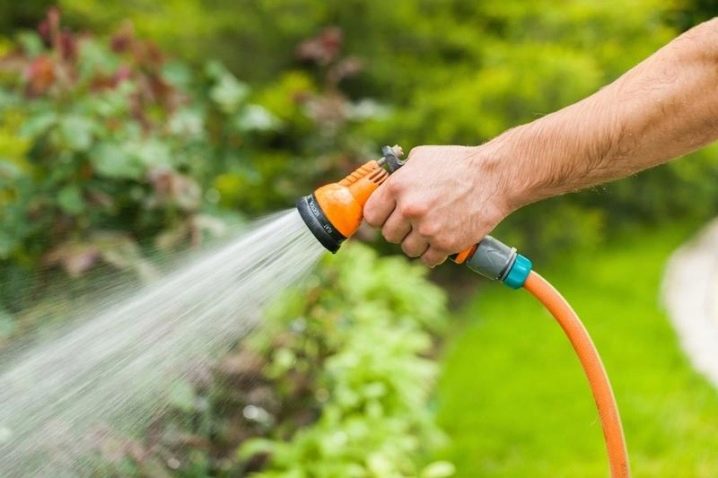
Top dressing
Young plantings are most often fed, relying on the foliar method. From the end of spring, the leaves begin to moisturize well no more than 1 time per month. Various minerals are added to the water for irrigation. It is best to fertilize the plant this way in the evening.
It is recommended to fertilize adult peony bushes during the period of intensive growth. At the end of the spring season, you need to start the process of triple feeding. Between each of them, it is necessary to withstand a 3 week break. For the first feeding, you will need 10 liters of water with the addition of mineral fertilizer (no more than 50 grams). Usually, flower growers use urea. The second time, a similar solution is used, but it is recommended to add one micronutrient tablet. For the third feeding, you will need 2 micronutrient fertilizer tablets per 10 liters of water.

Do not also forget about feeding the rhizomes of peonies. The fertilizer components are selected in accordance with the growth phase of the marian root. During the season, it is necessary to feed at least three times.
- The first feeding is usually carried out at the end of March, it is desirable that there is still snow on the street. It is necessary to lay out a mixture on its surface, which contains elements such as nitrogen and potassium (15 grams per bush). In the process of snow melting, nutrients with moisture enter the soil.
- The second feeding is done at the beginning of summer. A mixture for fertilizing peonies should be saturated with components such as potassium, phosphorus and nitrogen. You can resort to using organic fertilizer. Bird droppings are perfect for this purpose. You can also use mullein. The fertilizer is best distributed over the hollow around the planting and filled with water. After that, the hollow should be covered with earth.
- The last feeding is carried out two weeks after the cessation of flowering of peonies. Fertilizer must contain phosphorus and potassium. This feeding process is carried out according to the same method as the previous one.
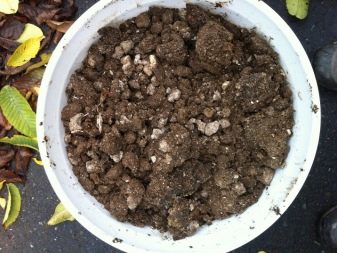

Pruning
Pruning of the plant is carried out in the fall, a few weeks before the onset of the winter cold. The stems of the plant are completely cut off, after which they should be burned.
In order for the plant to overwinter normally, the hemp must be sprinkled with ash and covered with branches of coniferous plants. The latter usually concerns young plantings; in the future, you can do without the covering procedure.
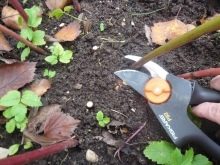
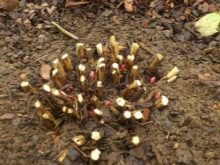
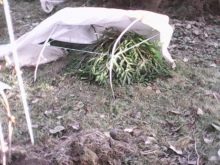
Reproduction
Maryin root propagates by seeds or vegetatively. The second way is much easier and faster therefore, in gardening, they are often guided by it.
- Vegetative breeding method. This event must be held in a specific season - in the fall. First, the bush is dug out and carefully removed from the hole, the root is cleaned of the remnants of the earth and divided into small parts, on which small roots and buds should be located. The cut part of the roots should be dried in the fresh air. While the planting material is in the procurement process, you can start preparing the site. The wells are covered with soil and supplemented with a substrate containing components such as superphosphate and potassium. Additional shelter for the winter is not needed.
- Seed breeding method requires a huge time investment: after sowing the seeds, the opportunity to see the first flower on the bush will appear only after 3 years. Fresh seeds should be given a stratification that lasts 7.5 months on average. First you need to take a small container and fill it with wet sand, then place the seeds there and at a temperature of at least 20 degrees Celsius they will be stored for 2.5 months. For the next 5 months, the seeds will already be stored in the refrigerator. With the onset of spring, the appearance of shoots is observed. After two years, the seedlings can be planted, keeping a distance of 70 centimeters between each hole.
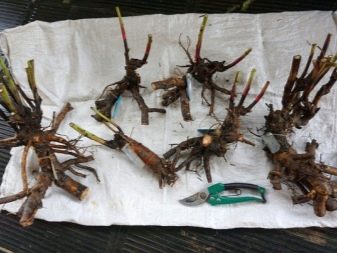
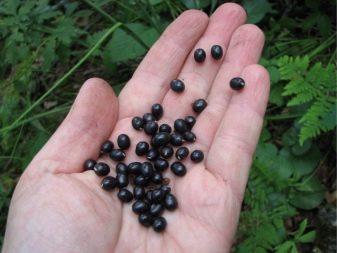
Diseases and pests
Like many representatives of this species, this flower variety can boast of its high level of resistance to various diseases. But this does not mean that he cannot get sick at all.
Such a common disease as gray rot often affects the marin root. To prevent its occurrence, it is necessary to take preventive measures. In the spring, when new shoots appear, the plant should be watered with a fungicide-based solution. This procedure is performed 3 times with an interval of two weeks. One bush needs 2 liters of solution.
Unfortunately, gray rot is not the only disease to which Mary's root is susceptible. Rust is considered no less dangerous for the plant. For prophylaxis, peony bushes should be sprayed with a special solution, which should contain copper oxychloride. A colloidal sulfur solution is also great. It is recommended to add shavings of laundry soap to the preparation, which will help the protective components to better adhere to the leaves of the plant.
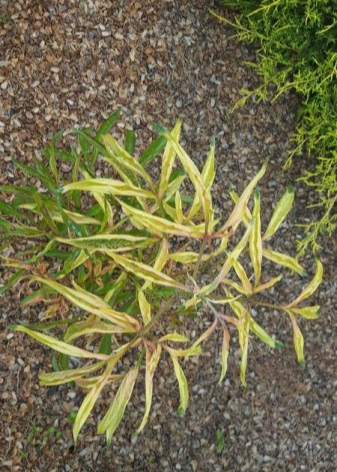
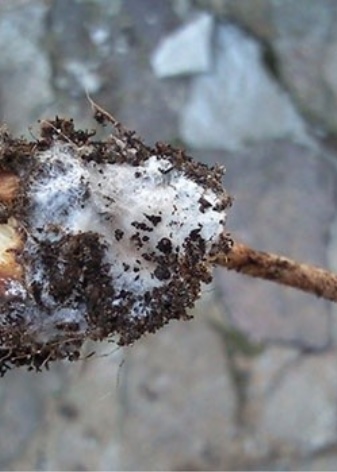
Often these flowers are planted near trees, especially fruit trees. In addition, it is recommended to pay attention to the color combination. The peony's neighbors should match it and create an advantageous contrast. Do not forget about the distance between plantings. Plants that are too close to each other have a very bad effect on the development of their rhizomes.
The appearance of light green stripes on the leaves of a shrub is a symptom of a disease called mosaic. Until now, it has not been possible to cure her. Therefore, the plant must be removed from the site and burned.
Examples in landscape design
The dodging peony will be a great addition to your garden. This ornamental plant can look good both in a single planting and in a large flower bed next to other flowers. In any period of the year, the leaves of the plant serve as an additional decoration for the flower - they make it even more graceful.
.
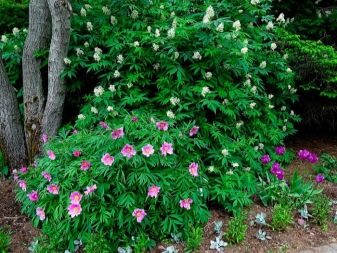

Maryin root goes well with hosts.It is better to place the planting composition in a shaded area, since direct sunlight can spoil the appearance of the flowers.

Peonies can also be mixed with gladioli. This combination is beneficial for the garden. Gladioli will be a kind of continuation, because they bloom immediately after the flowering of peonies.
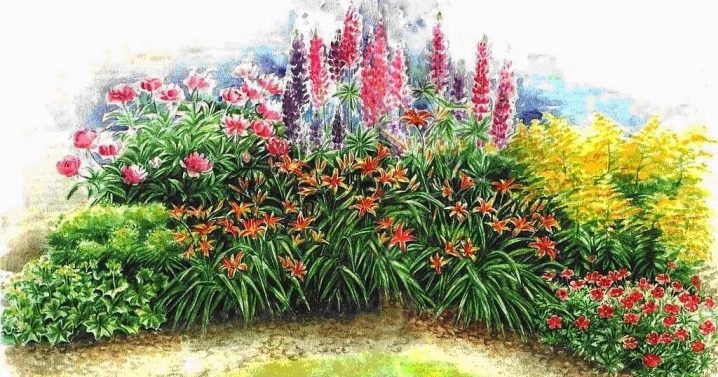
When planting an evading peony, you do not have to worry about its germination - due to the high level of adaptation, the plant takes root in almost any environment, and its flowering will delight household members even with minimal care.
The evading peony is described in the next video.







































































































The comment was sent successfully.